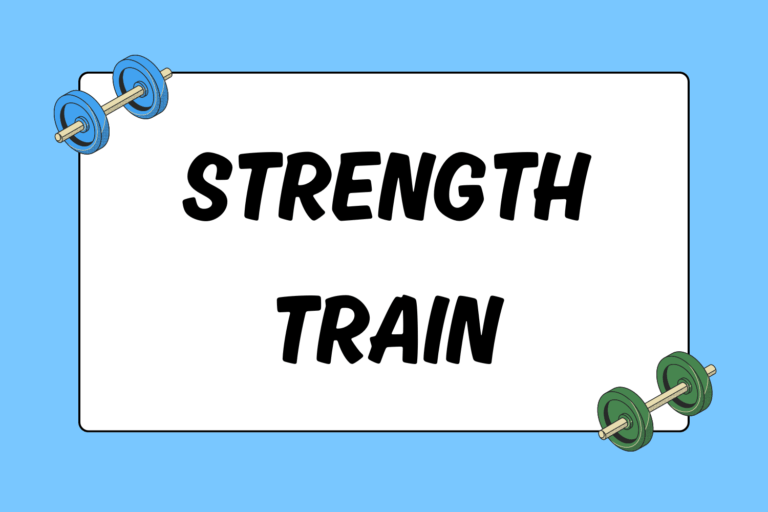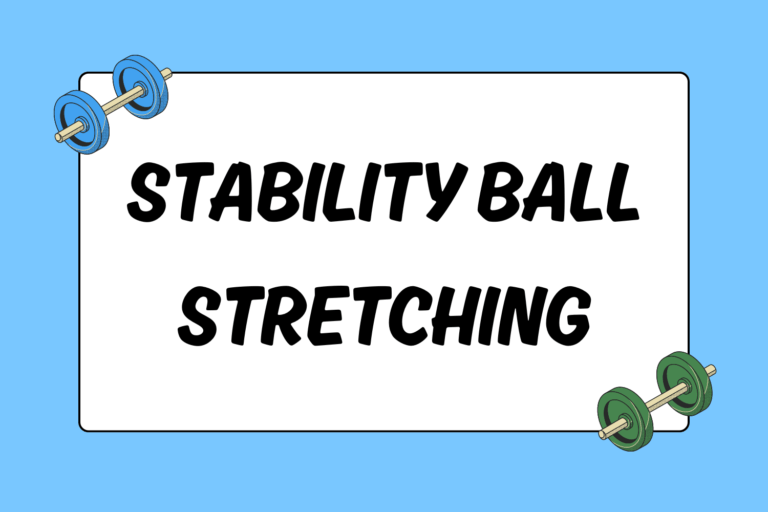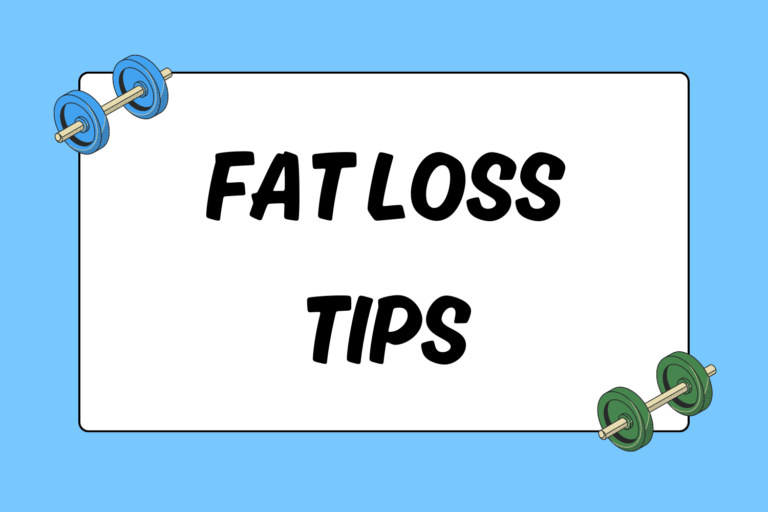Pull-ups are the ultimate bodyweight exercise, and cannot be ignored if you want to improve your overall fitness abilities. Adding pull-ups to your exercise regimen is also a great way to target your back and bicep musculature without involving too much equipment. You’ll experience the following benefits from doing pull-ups:
- Increased strength and musculature in the arms and back
- Improved core strength
- Accelerated fat loss
- Increased grip strength
Even if you’re in good physical shape, pull-ups can be somewhat daunting when first added to a workout routine. However, with the right technique and progression, you’ll become a pro at pull-ups in no time!
Tips on the Pull-up
You should already be familiar with how to perform a pull-up, but if you need to refresh your memory, check out this beginner guide on How to Do a Pull-up. If you feel you’ve got a grasp on the basics, keep reading for some tips that will improve your pull-up technique and help you build pulling strength effectively and quickly.
- Know your grip: There are two variations of the pull-up that are most common: The overhand grip (palms facing away from you) and the underhand grip (palms facing towards you). The overhand pull-up utilizes more of the back muscles, while the often less difficult underhand pull-up improves bicep musculature. Alternating between the two variations can help develop both the back and biceps efficiently.
- Width is key: The width of your grip should be shoulder width for the underhand variation, and slightly wider than shoulder width for the overhand variation.
- Don’t use your thumbs: Your thumb shouldn’t wrap around the bar: Think of your hands as if they were hooks, helping you hang from the bar. Also, to avoid calluses, grip the bar more with your fingers than your palms.
- Start at a dead hang: Make sure you are at a “dead hang” before starting the movement; this means you are not swinging or using any momentum prior to pulling yourself up. Cross your ankles to prevent your legs from swinging during the movement.
- Control your breathing: Take a deep breath in prior to pulling up. As you start to pull yourself up, breathe out through your mouth using your diaphragm. Drive your elbows downward as if you were trying to touch them to the floor.
- Head & chest posture: Keep your chest pushed out and always look up when pulling up.
Hot Tip: Use the Doorway
If possible, install a pull-up bar in a doorway at home or even at work, and every time you walk through it make it a goal to do at least five! This is a great way to increase your daily pull-up reps!
Improving Your Pull-ups
There are several ways to improve both your pull-up technique and your pulling strength. Practice the following strategies to better the quality and quantity of your pull-ups.
Pull-up Negatives
Starting at the top of the pull-up (you can grab a chair or a stepping stool to help you get into this position) lower yourself down slower than you would during a normal pull-up, taking three to five seconds to reach the bottom position of the movement. You can then push off the chair or stool with your feet to get back to the top of the pull-up.
Start with doing three sets of five repetitions and work your way up to one set of 12 reps. Doing pull-up negatives helps improves grip and back strength by exposing the working muscle fiber to more tension during the lowering phase of the movement.
Pull-up Holds
This exercise is also started at the top of the pull-up, and is very simple to do: All you need to do is hold yourself at the top of the pull-up without standing on anything. This isometric hold helps work and strengthen all the muscles involved in the pull-up. Start with one or two sets of 15 seconds and build up to one set of 30 seconds.
Multiple Sets at Low Reps
A great way to get better at pull-ups is to simply keep doing more pull-ups! Don’t worry if you can only do one; try starting with 10 sets of one rep, and build up to five sets of two reps, and eventually up to one set of 10. You should also alternate between overhand and underhand grips to help build all of the key muscle groups involved in the exercise.
Consistency is Key
To get better at anything, above all else, you must stay consistent. If you can barely do one pull-up, don’t expect to crank out 10 using these strategies for only a week; you’ll need to apply them on a regular basis. In reality, all you need to do is slowly but surely improve yourself one day at a time. If you stay consistent and focused you will be amazed at how many pull-ups you can do!





